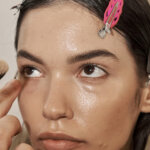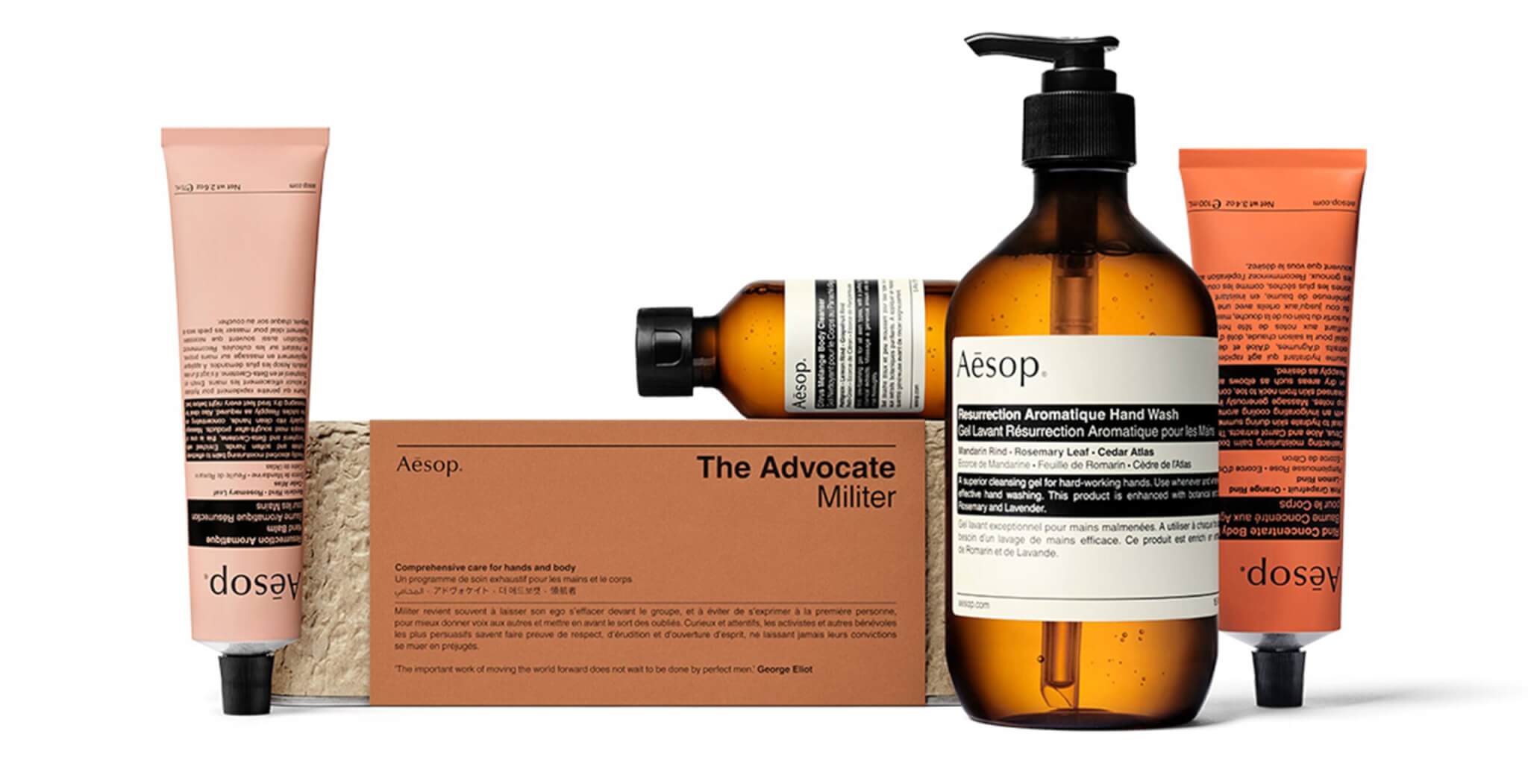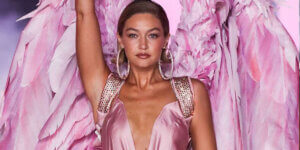How TikTok makes us doubt our faces – Make-up Blindness and New
Insecurities
The Quest for an Ideal Face
In today’s society, the quest for the “ideal face” is heavily influenced by media, technology,
and evolving beauty standards. Social media platforms and celebrity culture often set
unattainable standards of beauty, emphasizing flawless skin, symmetrical features, and
specific facial proportions. The availability of cosmetic enhancements, from minor
procedures like Botox and fillers to more extensive surgeries, enables individuals to alter
their appearances to align with these ideals. This pursuit of perfection can lead to a
phenomenon where natural features are undervalued, and any perceived imperfections are
seen as flaws that must be corrected.
My job requires me to have a firm grasp on the culture of beauty—but even I am surprised at
how quickly trends are moving these days. I would never advise someone to participate in all
or even a fraction of them. But some beauty trends inevitably grow beyond the confines of
your peers or the internet and go on to become hallmarks of a decade. Regrettable beauty
choices can mark an era.
We know a 1920s look because of the finger waves and Cupid’s bows, from the ’50s
because of the coiffed hair, and from the ’60s because of the eye shadow and lashes. We
recognize looks from the ’80s because of the oversize volume, and from the ’90s because of
the muted tones and skinny brows. We remember the 2000s because of the frost and hair
poufs, and the 2010s because of the lash extensions, bobs, and matte lips.
Beauty trends don’t emerge from a vacuum—they are a direct result of our collective lived
experience of the trends that came before. And it’s no secret that we silently judge our own
and others make up choices.
The only reason we can recognize our past “brow mistakes” today is because we all had to
endure a culture obsessed with Cara Delevingne’s naturally lush arches. Our current
preference for fluffy, lightly groomed brows is a consequence of the preceding era of
YouTube brows, which was only a thing because of the over-plucked brow trend before it.
Trends are all connected, and we’re all connected by the beauty choices we make day to
day. For better or worse, contemporary standards of beauty are a sign of community and
offer a sense of belonging.
The Role of “Make-up Blindness” in the Modern Aesthetic
On TikTok, thousands of women are panicking over a new kind of ailment. “I’m kind of
scared to ask the internet this, but I need to know,” content creator @niessaxoxo_ said in a
TikTok earlier this month. “Do I have blush blindness?”
@niessaxoxo_ I can never get enough blush 😩 #blushblindness #blindness #blushtrend #blush #letmeknow #helpmeout ♬ original sound – niessaxoxo_ | CONTENT CREATOR
To understand “blush blindness,” one has to understand “eyebrow blindness,” a term coined
on TikTok to describe the 2010s phenomenon of thick, overdrawn eyebrows. Last month,
users began reminiscing about this era of makeup with shame and regret. Now many online
makeup lovers have started to become concerned about other cosmetic trends they may be
overdoing, especially the current level of pigment on their cheeks, as blush has emerged as
the latest makeup craze.
@natviolette Replying to @monliz_rm what was your makeup blindness?! #makeupchallenge ♬ original sound – Natalie
You could argue both. Since the rise of the “strawberry girl” and “cold girl” makeup over the
past three years, blush has become a must-have beauty product. According to Circana,
blush sales reached $462 million in the past 12 months in the US prestige makeup market, a
36 percent increase over the previous year. On Amazon, blush raked in $59 million.
Numerous blush trends have emerged this year, including “boyfriend blush,” “sunset blush,”
and “glazed blush.”
Around the same time, not only are people wondering if their daily make-up routine is up to
today’s standards, we are also wondering if the face itself is good enough to start the race.
Enter Facial Harmony and iPhone Face:
The “Smartphone Face”: A Modern Aesthetic?
The idea of a “smartphone face” stems from the perception that certain facial features and
expressions are emblematic of contemporary life, particularly the pervasive use of
technology. This term has been used to describe actors like Dakota Johnson, Timothée
Chalamet, and the cast of “Daisy Jones & the Six,” who are often considered too modern-
looking for historical roles. Critics argue that these actors seem as if they “know what Venmo
is,” suggesting an implicit familiarity with modern conveniences and lifestyles.
@1800titties What is an iphone face? I dont think i have iphone face #iphoneface #bridgerton #gameofthrones ♬ original sound – emily dahl ?!? 🍉
This perception is not necessarily rooted in physical facial changes but rather in cultural and
stylistic factors. Michael Sheehan, a behavioral ecologist, argues that while human faces
have evolved to be highly diverse, significant changes in facial structure over the last few
decades are unlikely. Instead, what we perceive as “modern” is largely influenced by current
beauty standards, grooming habits, and cosmetic enhancements . For instance, the
widespread use of veneers and cosmetic dentistry in Hollywood has led to the prevalence of
perfect, white teeth—an unlikely feature for characters from historical settings .
Moreover, modern beauty trends, such as specific eyebrow shapes, the use of fillers, and
Botox, contribute to a homogenized appearance that contrasts sharply with the more natural
and varied looks of the past. This homogenization can make it challenging for audiences to
suspend disbelief when watching historical dramas, as modern cosmetic procedures create
a subtly anachronistic appearance .
Facial Harmony: Beauty Standards and Self-Esteem”
“Can you judge my facial harmony?” Users across TikTok beg, vulnerably opening
themselves up for a beauty evaluation from onlookers. Close-ups of their lips, nose,
forehead and eyebrows follow, with a finale that exposes their entire portrait. The
consensus: “Good features, but bad facial harmony,” with thousands of likes supporting the
viewpoint. The conclusion validates that the features may be great individually, but together,
harmony or cohesiveness is lacking.
@saraphiahm ♬ sonido original – 𝕮𝖊𝖘𝖆𝖗
Welcome to the facial harmony side of TikTok, an ecosystem where beauty is up for critique,
singled out as “good” or “bad,” and everyone can share their take. Users put their faces on
display and encourage the assessment of their attractiveness through public interpretation.
Here, beauty is attained only through harmony and doesn’t exist outside this formulaic lens.
It’s limiting, restrictive and, most importantly, harmful. It also begs the question of whether
these claims hold validity and how facial harmony is interpreted outside this online bubble.
Although facial harmony is used in aesthetic practices, it lacks merit when professional
voices are missing from the conversation on TikTok. Online, it’s classified in a more limiting
way as “good features but bad facial harmony” or the opposite, “bad features but great facial
harmony,” which is truly a subjective view. Clinical psychologist and professor at York
University, Dr. Jennifer Mills, says this TikTok trend is interesting because it taps into our
brain’s innate desire to determine how we measure up.
@humanscab #facialharmony ♬ original sound – raven
But there’s a fine line between viewing yourself through a critical lens and obsessing over it.
With facial harmony, we quickly learn which features are shunned and rewarded. “There are
all these rules around facial harmony that we are implicitly or explicitly told, which can lead to
a constant preoccupation in the back of people’s minds or trigger a negative fixation,” she
says, “this gets concerning when it takes mental energy away from other aspects of our life
that add value, like friends, family, and work or school.”
The discourse around “Facial Harmony”, “smartphone face” and “make-up blindness”
reflects deeper cultural anxieties about authenticity, technology, and identity. As technology
continues to shape our lives, it also influences our perceptions of beauty and normalcy. The
rise of social media and digital filters, for instance, has blurred the lines between real and
idealized appearances, further complicating our understanding of what it means to look
“modern.”
Moreover, these phenomena highlight the ongoing tension between tradition and modernity
in visual culture. As audiences become more attuned to the nuances of period accuracy, the
demand for authenticity in media has increased. However, the widespread influence of
modern beauty standards poses a challenge to achieving this authenticity, creating a
paradox where contemporary aesthetics can undermine historical storytelling.
In conclusion, the concepts of “ good/bad facial harmony” “smartphone face” and “make-up
blindness” provide a fascinating lens through which to examine contemporary beauty
standards and their impact on media and society. They reveal the complexities of modern
identity, shaped by a confluence of technological advancements, cultural trends, and societal
expectations. As we continue to navigate these dynamics, it is essential to critically reflect on
how they influence our perceptions of self and others, both on and off the screen. So will our
faces ever be good enough? Or are we just still battling norms set ages ago? Recognizing
that beauty is subjective and culturally constructed can help dismantle the unrealistic
standards perpetuated by media and technology. Encouraging a broader definition of beauty
that celebrates natural features, imperfections, and individuality is crucial. Our faces are
good enough when we accept and celebrate them as they are—without succumbing to
societal pressures or the lure of perpetual enhancement. Embracing authenticity and
diversity, and valuing natural beauty, is key to breaking free from the cycle of comparison
and dissatisfaction.




























